Today I present you with one of the strangest and most curious cacti I have seen to this day. This is Mammillaria Elongata Cristata. As you can guess from the name, it’s the mutation or the monstrous cactus of Mammillaria Elongata. Originally from Mexico, mainly from the states of Guanajuato, Hidalgo and Querétaro it is commonly called Cactus brain. Let’s attribute this name to the form it has. Also, its light green, golden, and yellow touches make it an excellent specimen for the eyes of cacti lovers.
It likes to have a direct illumination, the sunnier he is without exceeding limits (to make sure that the hot sun in the middle of summer does not burn it) and if, apart from providing it with sun and water, it must be moderate and always waiting for the substrate to be completely dry.
There are people who say it should be irrigated as follows: once a week during spring and summer, once every fortnight in autumn and once a month in winter. This might be acceptable if you live in an area where at the coldest time the minimum temperature does not fall from the fifteen positive degrees, but if you are in an area where the lowest temperature is below zero degrees, I recommend you not to do it like that. In return, I propose another irrigation frequency: once a week and once every fortnight in the spring and summer, once a month in the autumn and stop providing water completely in the winter until the following season.
And speaking of minimum temperatures, this Mammillaria can withstand up to two degrees negative even, at given times it can withstand up to six degrees negative, that is, it will only hold you at most three days, then it will die frozen. If it is well-carved and in optimal conditions, despite being small to medium size, it can grow between ten and fifteen centimeters high and between twenty and thirty widths.
I’ll finish with the flowers. Being this kind of flower-crowned cactus, one might think it also creates a crown, but although I have never seen any flowering, I know for other people that it makes very small flowers (between ten and twelve millimeters) of varied colors, such as white, yellow or white.
Finally, because of the pests, it is a very strong cactus, but as everything has some weak spot, it is usually the red spider (lack of moisture) or the cottony mealybug (too much moisture).



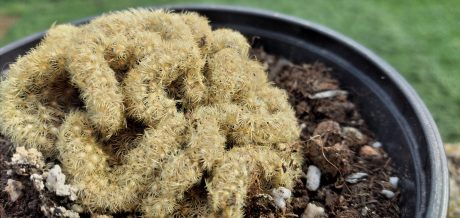
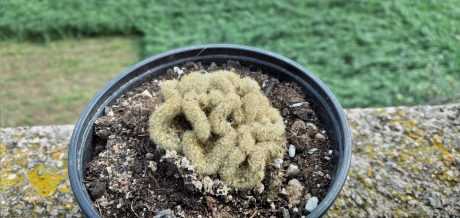
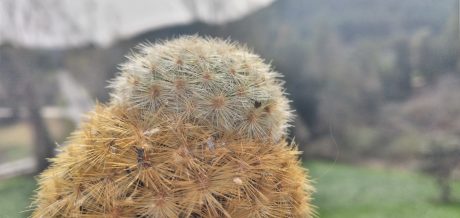
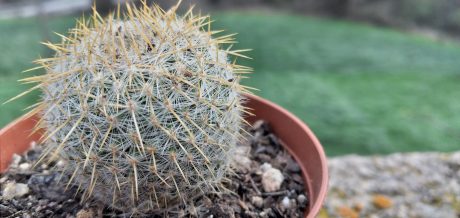
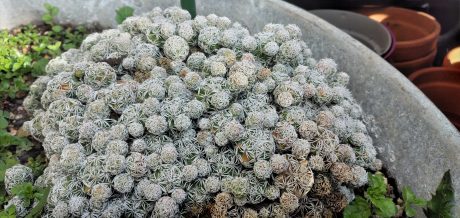

Reviews
There are no reviews yet.